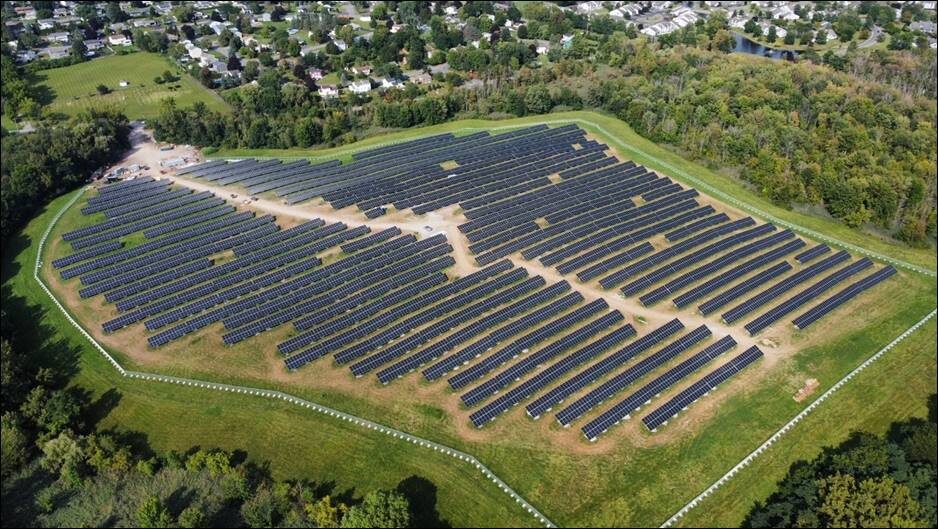Four solar projects for a 104 unit multifamily were supported by the 30% federal investment tax credit, plus a 10% adder for its designation as a low-income community project – credits that are soon going away under the new Republican budget bill.
In Dorchester, Massachusetts, the Veterans Benefits Clearinghouse Development Corporation (VBCDC) installed four solar arrays on the rooftop of the Grove Hall Apartments, a housing development for 104 low-income families.
Boston-based Resonant Energy installed the project for VBCDC, which owns the project. Rachel Gentile, marketing and communications manager, Resonant Energy told pv magazine USA the project received $200,000 from the Massachusetts Department of Environmental Protection’s Gap Energy Grant Program. And 40% of the system installed cost was covered by the federal Section 48E investment tax credit, which included the 10% location-based low-income community tax credit adder.
The remaining cost to VBCDC for the 100 kW solar installation was $43,695, and the nonprofit is expected to save about $35,000 per year on electricity costs each year.
The solar installations will power the common areas of these buildings, including hallway lights, community rooms and a computer lab. Over the next 25 years, the solar systems are expected to generate $883,749 in electricity savings for the nonprofit housing developer.
“With electricity prices going up, these additional savings will help VBCDC continue to provide affordable housing and community services to our residents for years to come,” said Harold Raymond, executive director, VBCDC.
Gentile said the system components include Unirac Ecofoot 2+ racking systems, 202 Q.Peak Duo XL-G10 Series 485 W solar modules from Qcells, and SolarEdge inverters, including the SE5000H-US, SE10000H-US, and SE11400H-US.
Previously, VBCDC participated in the Solar Technical Assistance Retrofit (STAR) program, which provides technical and financial assistance to affordable housing organizations with sites in Massachusetts to catalyze the exploration of solar potential and break down existing barriers to adoption.
Gentile said under the One Big Beautiful Bill budget changes, high-impact projects for non-profits like this will not be possible for much longer.
“Section 48(E) tax credit is phased out. According to the new law, projects need to either safe harbor the tax credit by July 4, 2026 or be placed into service by end of year 2027,” said Gentile. “The current bonus tax credit period is open through August 1, 2025 and we are unsure if the Department of Energy will open a new application in 2026 – though we are hopeful that they might.”
Resonant Energy has helped over 300 low-income projects, mostly affordable housing, apply for these low-income bonus tax credits, worth about $6 million in additional funds to low-income serving nonprofits and housing providers, she said.
This content is protected by copyright and may not be reused. If you want to cooperate with us and would like to reuse some of our content, please contact: editors@pv-magazine.com.



















